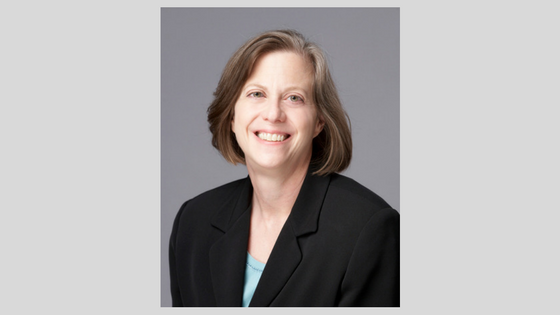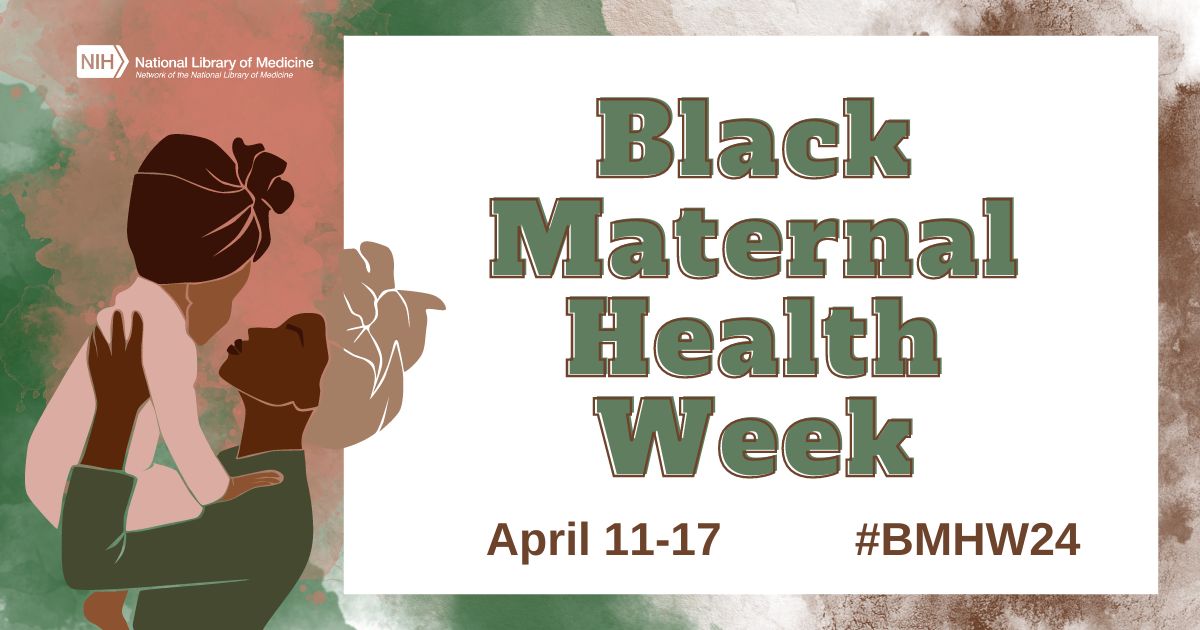There’s Got to Be a Great Story – An Interview with Karen Blumenthal

After more than twenty years as a financial journalist for the Wall Street Journal, and authoring three books for adults, Karen Blumenthal turned to writing biographies and retellings of pivotal events in American history for young people. Her titles include Six Days in October: The Stock Market Crash of 1929 (2002); Let Me Play: The Story of Title IX (2005); Bootleg: [The Lawless Years of Prohibition] (2011); Tommy: The Gun That Changed America (2015); and the biographies Mr. Sam [Walton] (2011); and Steve Jobs (2012). Her newest title is Hillary Rodham Clinton: A Woman Living History (2016). Karen lives in Dallas, Texas, where she serves as president of the Dallas Public Library Friends Group. Cathy Ritchie, Adult Materials selector for the Dallas Public Library, spoke with Karen on August 2, 2016 at the J. Erik Jonsson Central Library of the Dallas Public Library.
PL: Where do you get the ideas for your biographies and for what I call your “topical” books, like Bootleg or Tommy?
KB: First, there’s got to be a great story—you have to have something to tell. The reviews I get that bother me the most say, “This book is good for reports.” Facts are fine, but there has to be a great narrative story there. And then, it’s got to be where kids are. So I try to find topics that go to where they are and that might introduce them to the broader world.
Bootleg came partly from the “Red Ribbon Week” in my Dallas-area neighborhood, which included lots of aggressive messaging for school kids about drug and alcohol awareness. But there was no context or history behind it. If you know that kids in the 1850s were being taught the same things as in 2016, that’s pretty interesting. Plus, it turns out that Prohibition is just a great story—the one time this country adopted a Constitutional amendment and then rescinded it. How crazy is that?
For the Steve Jobs biography, the editor, Jean Feiwel, came to me two days after Jobs’ death. I had assumed that was because I’d spent twenty years at the Wall Street Journal and had written about him before, but it turns out she had seen the reviews for Bootleg. I have been stunned by the response to the Jobs book. It’s sold over a hundred thousand copies in the United Stawes and been translated into a dozen different languages. The worldwide fascination with him is still intense. When you think of famous people who might be that interesting to young people, it’s a pretty small number.
Sometimes, an idea just jumps out at you. For Tommy, I heard from an editor right after the Newtown shooting. After discarding the idea of a book about the Second Amendment, I realized that guns are really interesting. I thought about profiling Remington or Winchester, but they were too much of a different era. I had lots of facts about the topic, but there weren’t any people: Who were my characters going to be? So I returned to the “Tommy gun” era, of which I was aware from writing Bootleg. The Tommy gun turned out to be this great story: An unusually dangerous, portable weapon, made for war, ends up on the streets instead and leads to one of our very few national gun laws, the National Firearms Act—the first time this nation said, “We don’t have to have so many guns around.”
Once again, I introduced a polarizing subject. Let Me Play was the same way. You either thought that the Title IX law was the worst thing to happen to men’s sports or the best thing to happen to women’s sports. There was no one in the middle just saying, “This is how it happened,” just letting the reader decide.
PL: So your current subject is Bonnie and Clyde?
KB: Yes, for Viking. That one was my idea because I wanted to do something based in Dallas. There are several historically significant stories here, but while I didn’t think I could add anything to the Kennedy assassination literature, the other big Dallas legend is Bonnie and Clyde. Again, you have a story that will interest kids since it involves famous outlaws. My initial approach to this couple is based on celebrity—why are they famous?
The 1930s outlaws were famous on several levels. Number one, they were genuinely terrifying, and number two, they were like an action movie at a time where there was huge distrust of authority, government, the banks. And then Bonnie and Clyde achieve a second round of fame with the 1967 movie, when there’s once again distrust of authority and government! Pretty fascinating, and what I didn’t anticipate is that it’s also about income inequality, prisons, the death penalty, law enforcement—many layers. Again, I hope the reader will get a great story but maybe also a broader look at a bigger picture of American society.
PL: Approximately how much time does it take you to do a biography and/or topical book?
KB: Well, the Steve Jobs book took much longer than I expected even though I had written about him before. I knew I would shape it around his 2005 Stanford University speech. Generally, nonfiction for young people is chronological, but you still need some theme or structure, so using that speech made it easy. I usually expect to spend nine months—three or four months each of research and writing—but Hillary Rodham Clinton took me more than a year. I don’t write very fast, but I edit as I go. I used to plan projects in nine-month ranges, but now I think I need to allow myself a full year. Also, the editing process with children’s books is much more intense than with adults’. Those publishers are much more critical, with a lot more oversight, which is great. It terrifies me a little bit that adult books are very thinly vetted.
PL: What’s been the biggest overall challenge you’ve faced in researching your books?
KB: This Bonnie and Clyde project has also been challenging, as much of the information has been contradictory. You have differing viewpoints from the police, the newspapers, Clyde’s family—lots of gray areas. Finding out what’s true—for me, that’s the most important thing. Especially when you’re writing for young people, you have to get as close to the truth as you can.
PL: Do you prefer writing biographies or “topical” books?
KB: Being a biographer is really hard—you’re trying to step inside a human being’s life and tell about it. You have to be really arrogant to think you can do that, and it makes me uncomfortable. Who am I to tell you who Hillary Clinton is? On the other hand, that’s what I did as a journalist for years. So I feel I’m as skilled as anybody, but I still find biography to be emotionally challenging.
PL: Do you have personal favorites among your books?
KB: Let Me Play was a labor of love for me personally, but I think they’ve all turned out pretty well. The truth is that you’re always most excited about the next book, because you don’t know all its warts and failings yet. So the next one is what gets you up in the morning.
PL: Do you ever work on two projects simultaneously?
KB: Usually not, because doing research is so intense. I am working on some picture book ideas right now, but Bonnie and Clyde will probably take the rest of the year, and I’ll be writing new chapters for the Clinton book. I keep overcommitting! But the scariest thing for those of us who write is not having anything ahead of you.
PL: Were there any unique problems in writing the Hillary Clinton book that you hadn’t anticipated?
KB: There were a bunch. For example, I had trouble getting into the Wellesley University archives to access its photographs. After sixteen months, I’m still seeking an interview with Clinton herself, since the book will be updated. And you have to go to conservative media, too, which has its own approach to things. I felt I owed it to my readers to give them a fair assessment. It was all pretty overwhelming. And then there’s Bill, who’s brilliant, probably the best politician of my generation, but complicated. And I also felt compelled to understand their relationship. Talk about humbling. Who am I to assess someone else’s marriage? It was challenging. But I feel satisfied with how it appears in the book.
PL: You’re also president of the Dallas Public Library Friends Group and campaigned strongly for that library during some recent tough budget years. Any comments about your dual role as library patron and public advocate?
KB: Well, I’m just a ridiculously big fan of public libraries. First of all, they serve everyone; that’s so important to me. But I’m also super grateful to libraries because they make my books available to readers. And I appreciate the vetting librarians do, the way they sort through all the material out there, and put the right books in the hands of young readers. In 2010, when I heard about Dallas library service possibly being reduced to twenty-two hours a week as a worst-case scenario, I lost my mind. I discovered via research that Dallas’s public library system was the worst funded in all of Texas. I took that information to a town hall meeting and cornered the Mayor! Eventually, I ended up on the Friends board. When they asked me to join, I said, “Are you sure?” But that’s how it all started. During those budget troubles, at a point when the Dallas branches were open only forty hours a week, there were people sitting in cars in the branch parking lots or on benches outside the locked doors, using the library’s Wi-Fi since their neighborhoods didn’t have a Starbucks or Internet café. We were thus reminded that library doors always need to be open to our citizens, and that inspired our fight.








